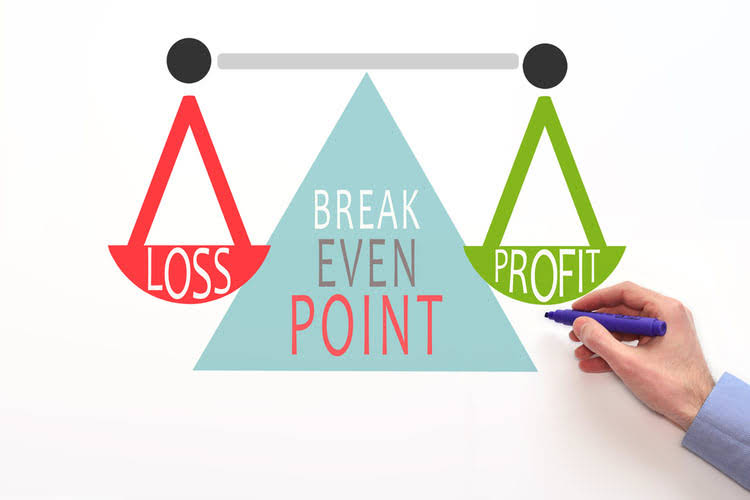
The purpose of using the RAPID decision-making is to ensure that key organizational decisions are made collaboratively, not in silos. In this way, all the key stakeholders distribute the responsibility of decision-making, and each stakeholder’s expertise is utilized in decision-making. A RAPID framework is often used by stakeholders for making high-stakes decisions in an organization.
Drivers, like Program Managers or other team members, ensure a decision is made but don’t necessarily influence the decision. Once everyone’s decided on a Driver, write it down in the collaboration document. Learn more about Strategy & Corporate Finance consulting at McKinsey—and check out job opportunities related to decision making if you’re interested in working at McKinsey. RAPID decision-making increases the buy-in of stakeholders in the initiative.
Decision Making: a Theoretical Review
However, it’s not the best model to use when you’re under time constraints or in a fast-changing situation. It’s also important to remember that you won’t always have all the information you need to use this model. And, even if you do, going through the full process isn’t efficient or necessary for some decisions. Besides becoming familiar with decision-making models, you should also get to know the biases that can lead you to make bad decisions.
Some decisions can’t be easily reversed or would be too damaging if you choose poorly. Most importantly, some decisions don’t need to be made immediately to maintain downstream velocity. We wanted people to understand exactly who was making decisions, so you can only have one ‘A’, or decision-maker,” says Everingham. It starts with a basic decision making framework chart, with the two (or more) options you’re deciding between at the top. Down the left-hand column, you have benefits, costs, and — uniquely — mitigations. As COO of Stripe, Claire Hughes Johnson has developed a decision-making framework that has become a sort of shared decision-making compass for all members of the team, new and old.
When faced with tough choices, connect back to your why.
Moreover, Costco’s ethical compass points steadfastly towards fairness and equality. Within its hallowed halls, diversity thrives, and equity reigns supreme. Whether in the form of fair wages, equitable opportunities, or inclusive policies, Costco champions the cause of social justice, transcending the boundaries of the corporate landscape. Agility in the contemporary business context signifies the capacity to swiftly adapt and pivot in response to emerging challenges and opportunities.

Make sure you understand the importance of adopting technologies that enhance connectivity and streamline collaborative processes. By addressing the barriers to effective teamwork, organizations can unlock new dimensions of performance, driving innovation and achieving strategic goals with unprecedented cohesion and efficiency. The development of the overall team effectiveness (OTE) framework represents a pioneering approach, offering a nuanced tool for enhancing team dynamics. I recently introduced this framework at a management conference in Germany and led a small workshop with 20 people. Business leaders today have access to more sophisticated data than ever before.
Delegated decisions
Should I homeschool my kids if it means keeping them safe but also cutting them off from social interaction? These choices, and so many others like them, have pushed many people beyond their limits, leading to decision fatigue. In the absence of clear direction, people are left to their own devices. We all could use our own version of a white t-shirt, size medium, right now. The key to better delegated decisions is to empower employees by giving them the authority and confidence to act.
- Instead of top leaders making every call, employees at all levels have the power to make more decisions, and they are more likely to happen collaboratively.
- The anchoring bias is another good reason to slow down your decision-making process when possible.
- This framework is beneficial in change management, strategic planning, and any context where understanding the dynamics of influence is critical to making informed decisions.
- This method is particularly beneficial in brainstorming sessions, team meetings, and problem-solving scenarios, where considering multiple perspectives can lead to innovative solutions and effective decisions.
- And the truth is that the model is likely overkill for the small and inconsequential decisions you or your team members need to make.
- Remind the team that this isn’t about advocating for their own suggestions to “win” — it’s about whittling your options down to the best decision.
